
Michael's Hands
Swedish
| By: Michael Manion | Viewed: 1/7/2026 |
Topics/Keywords: #SwedishMassage | Page Views: 6829 |
| All about Swedish Massage. | |||
What is Swedish Massage?
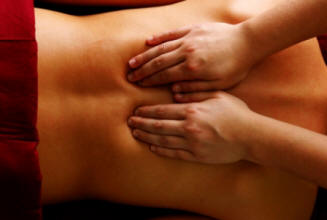
Swedish massage uses five styles of long, flowing strokes to massage. The five basic strokes are effleurage (sliding or gliding), petrissage (kneading), tapotement (rhythmic tapping), friction (cross fiber) and vibration (shaking of the hands or fingers).
Swedish massage has shown to be helpful in reducing pain, joint stiffness, and improving function in patients with osteoarthritis of the knee over a period of eight weeks. It has also been shown to be helpful in individuals with poor circulation.
The development of Swedish massage is credited to Per Henrik Ling, though it was the Dutch practitioner Johan Georg Mezger who adopted the French names to denote the basic strokes. The term "Swedish" massage is not really used in the country of Sweden, where it is called "classic massage".
Know the Muscles!
To give optimal or professional massages, one must know the skeletal and muscular system of the body along with their attachments and how they move. Being able to locate certain muscles, tendons or ligaments, and knowing what they do and how they respond to massage, is essential. I went through over 750 hours of training to be able to do this. In addition to what was required I have taken additional classes in anatomy and physiology at the college level as well as human anatomy and physiology at the graduate level.
When you are massaging someone's back, which muscles need to be massaged? In what direction do those muscles move? Certain areas may have as many as five or more muscles involved in a specific movement! Some of these must be manipulated in a very short space. Others are located under or over other muscles. Location is a key ingredient to massaging the area needing relief or movement.
Another key ingredient to knowing how to administer massage professionally is knowing what pressure to apply. During a session you want to apply the right amount of pressure to the surface and the tissue just under the skin. This can progress to include deeper pressure or other layers of muscles as you go. I start out with a light pressure, to establish how deep a massage you need or want. This can help locate any specific complaints., and enables me to identify some of the muscles in the area I need to work on.
Massage can affect a person's whole life for the better, with a little caring and a gentle, knowledgeable, touch. What a difference it makes to have the right strokes! Each stroke in massage counts, so call me to arrange your massage today!
For those students of massage or body work that want to become more proficient in your techniques and touch call me as well and we can set up a training time to go over these together.
Effleurage
| By: Michael Manion | Topics: #Effleurage #SwedishMassage | Page Views: 8312 | |
| All about the Effleurage movement of Swedish Massage. | |||
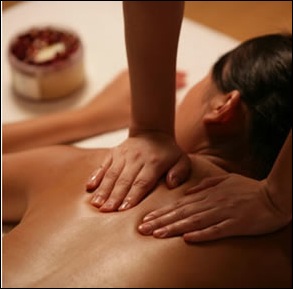
Effleurage is a soothing, stroking movement used at the beginning and the end of the facial and/or body massage. It is also used as a linking move between the different strokes and movements.
Read more…
Friction
| By: Michael Manion | Topics: #Friction #SwedishMassage | Page Views: 5089 | |
| All about the Friction movement of Swedish Massage. | |||
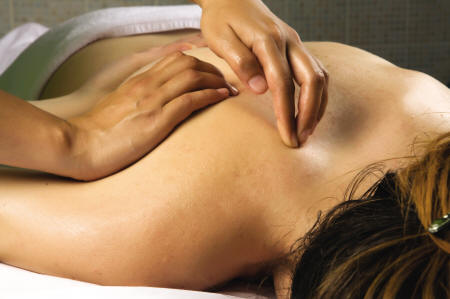
Friction, in English, means to rub one object or surface against another. It is from the Old French word taken from the Latin frictio, which basically means to rub. One of the five basic Swedish massage strokes, friction is the rubbing of the area or muscles one against or over the other. It has been touted as one of the most important massage manipulations which influences circulation, nutrition and the cellular functions of the various areas to which it is applied.
Read more…
Petrissage
| By: Michael Manion | Topics: #Petrissage #SwedishMassage | Page Views: 7538 | |
| All about the Petrissage movement of Swedish Massage. | |||
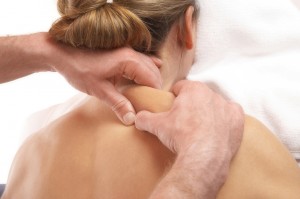
Petrissage is from the French word p�trir which means to knead. One of the five basic Swedish massage strokes, this involves movements that apply pressure which are deep and compress muscles. This includes movements that that appear to knead areas of the body like kneading bread dough, wringing, skin rolling and pick-up-and-squeeze.
Read more…
Tapotement
| By: Michael Manion | Topics: #Tapotement #SwedishMassage | Page Views: 8506 | |
| All about the Tapotement movement of Swedish Massage. | |||
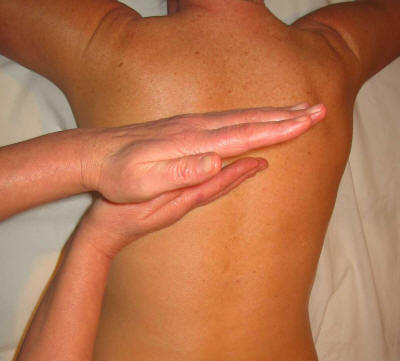
One of the five basic Swedish massage strokes, this is a rhythmic motion where a part of the body is lightly struck. It comes from the French word tapoter, which means to tap or to drum. This drumming is a form of percussion which can be steady and constant or actually have a form of differing rhythms. This can be easily performed with a steady beat as drum music or the beat to sounds or musical beats.
Read more…
Vibration
| By: Michael Manion | Topics: #Vibration #SwedishMassage | Page Views: 6861 | |
| All about the Vibration movement of Swedish Massage. | |||

One of the five basic Swedish massage strokes, vibration is a rhythmic shaking of the hands or hand and fingers, or even just a finger. This focuses penetrating pressure to an area of the body to help release tension and breaks up blocks that have occluded flows of nerves, blood or lymph or any substance that may be preventing proper muscle contraction and release.
Read more…
©1998-2026 Michael Manion
All Rights Reserved
